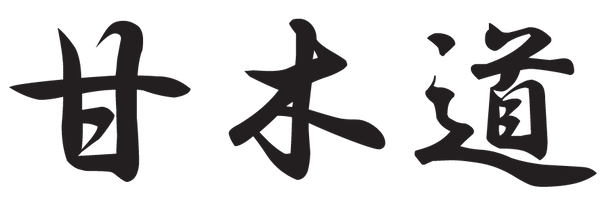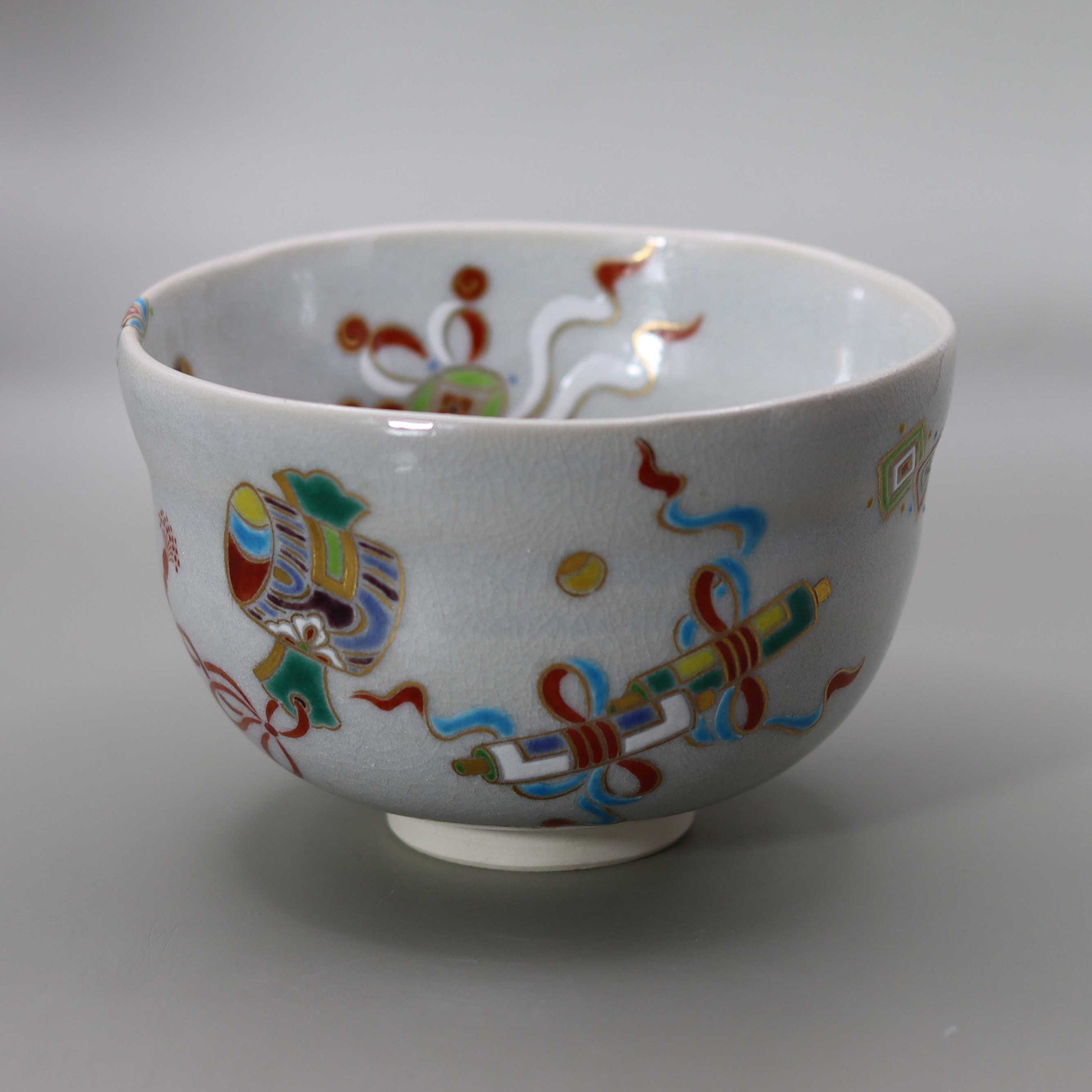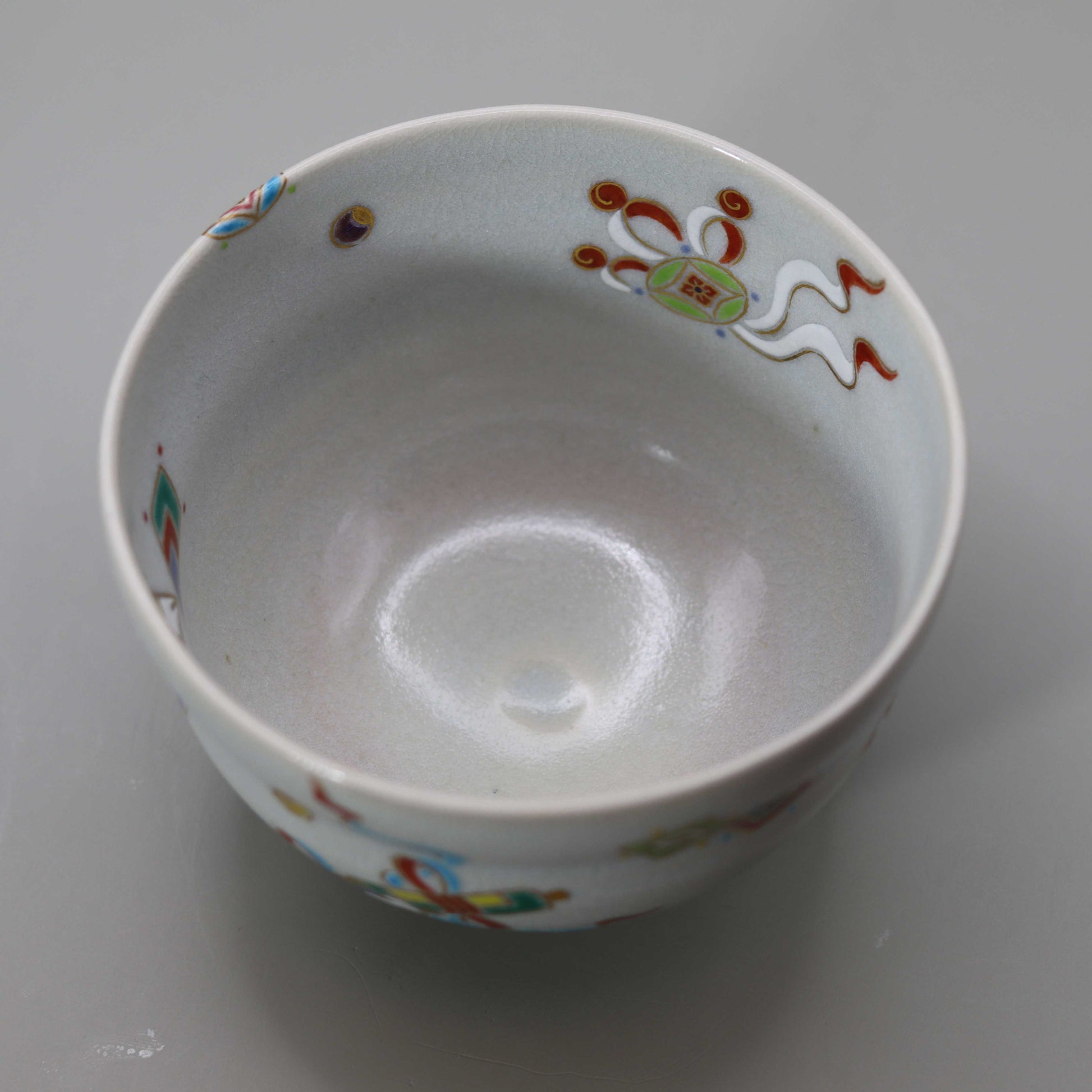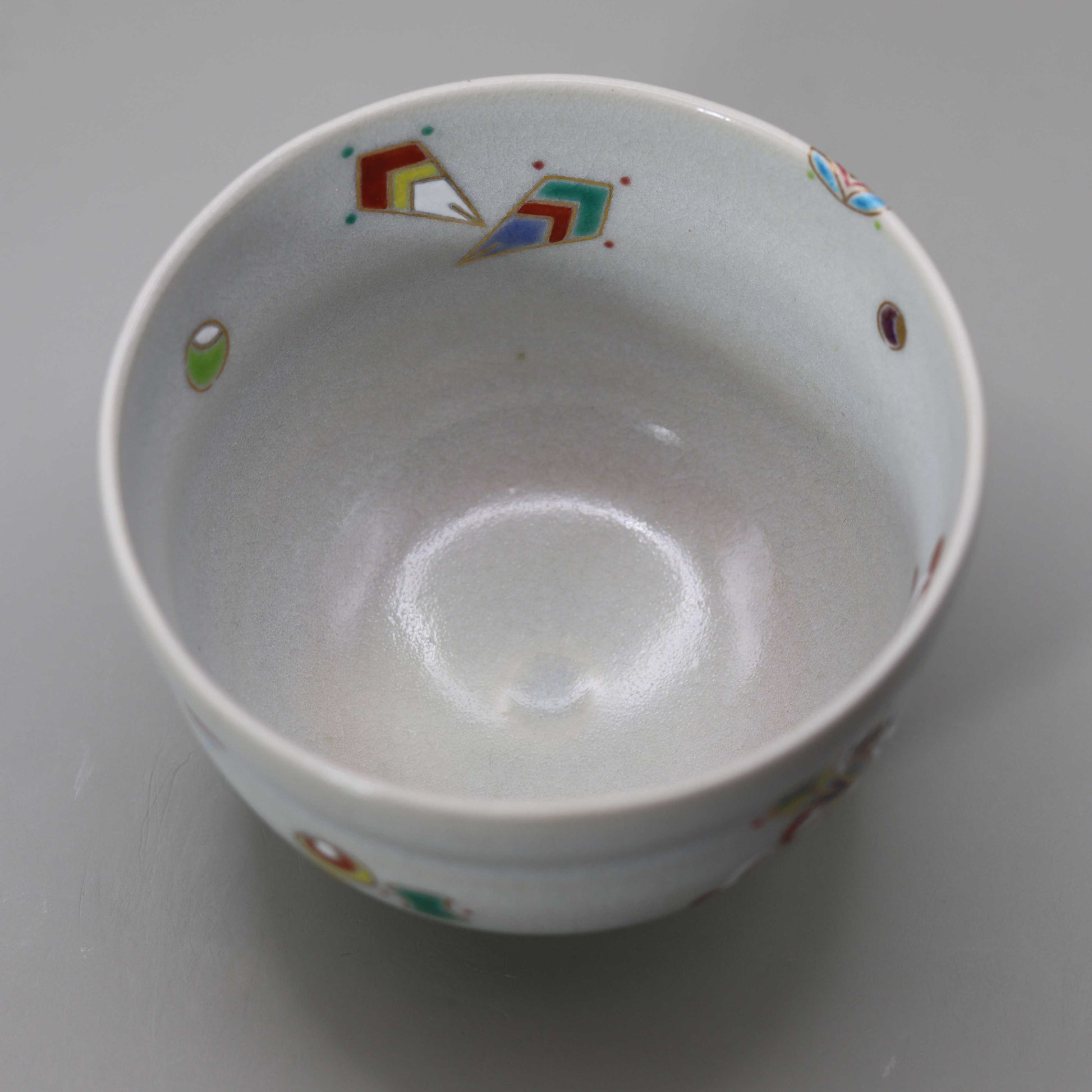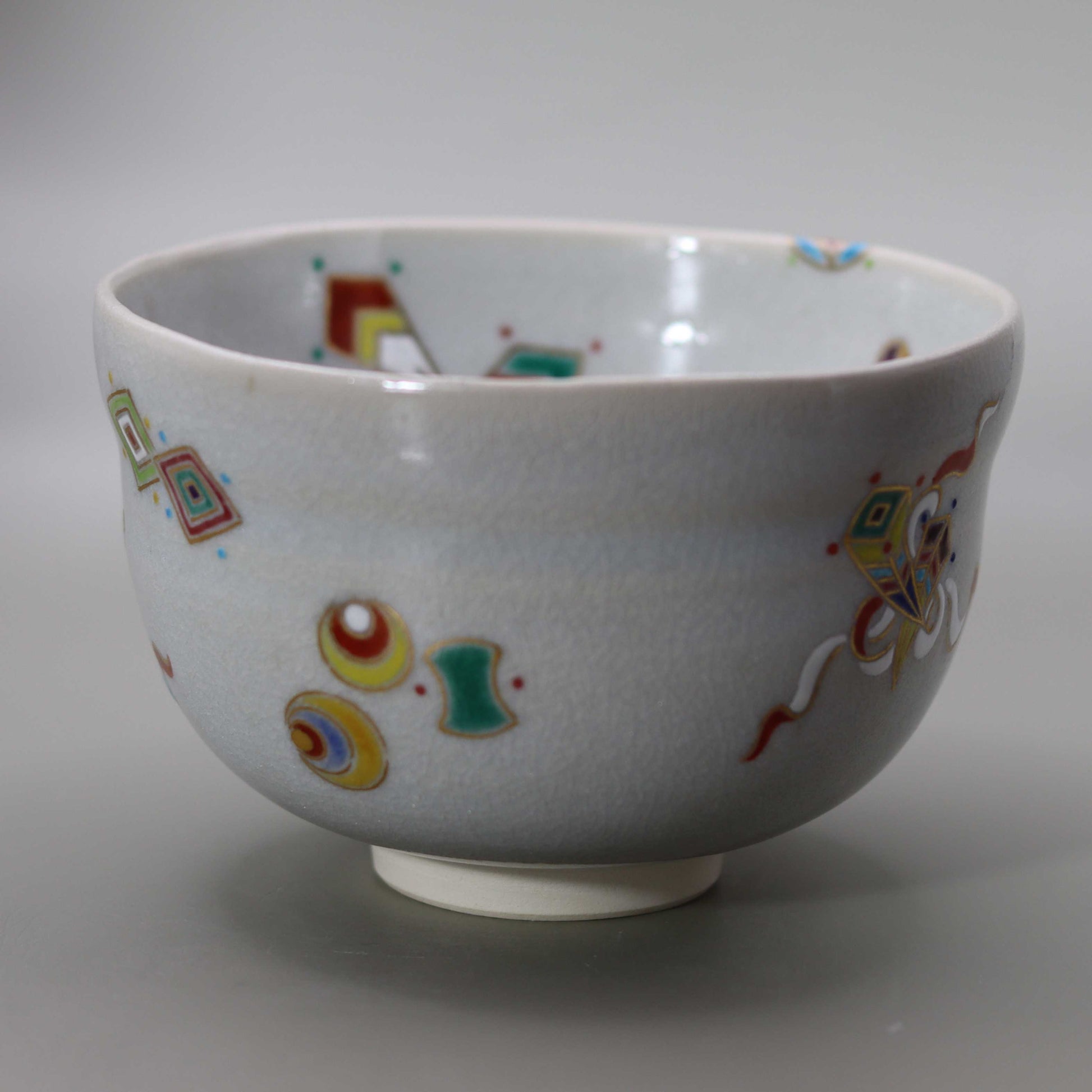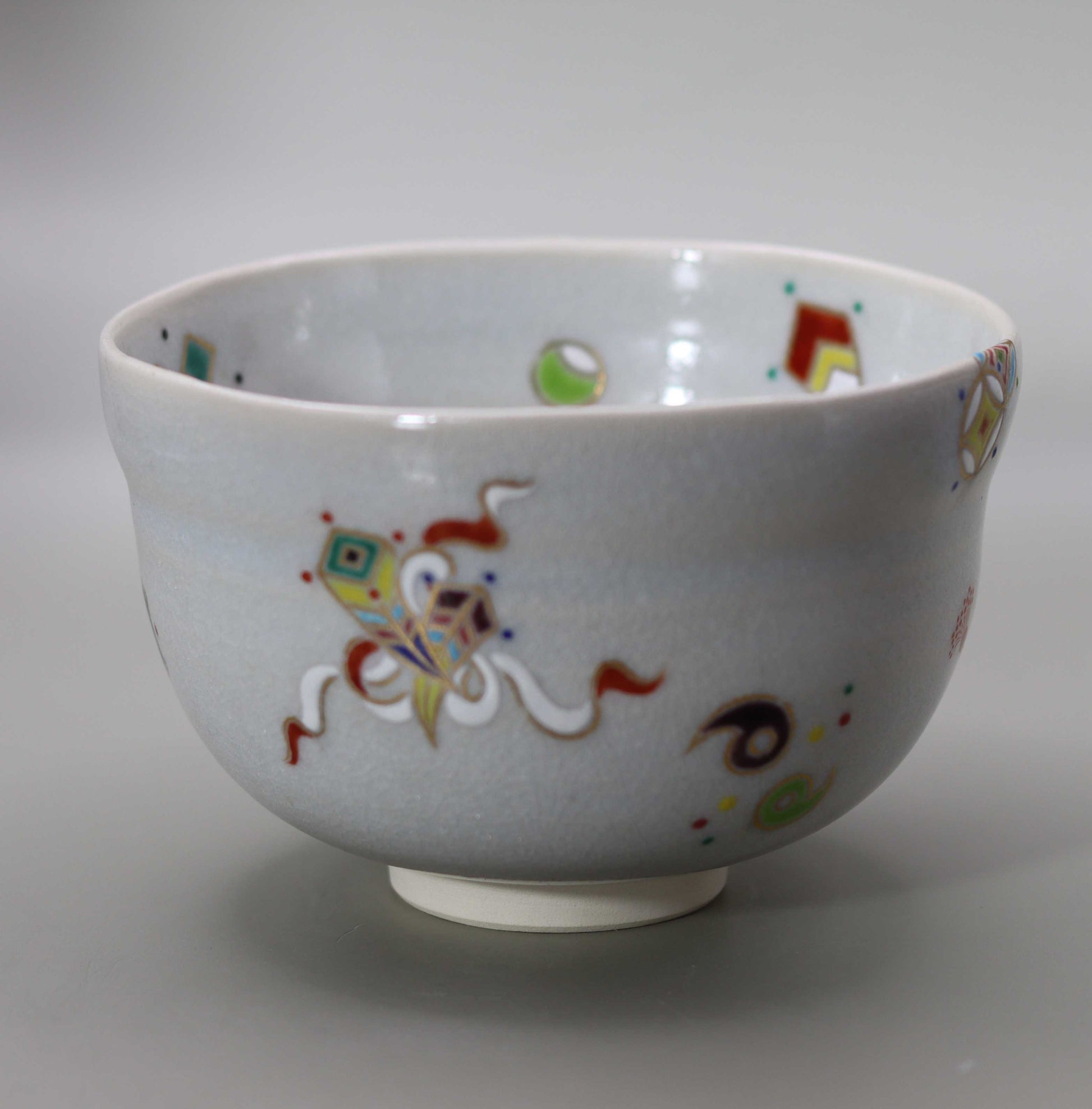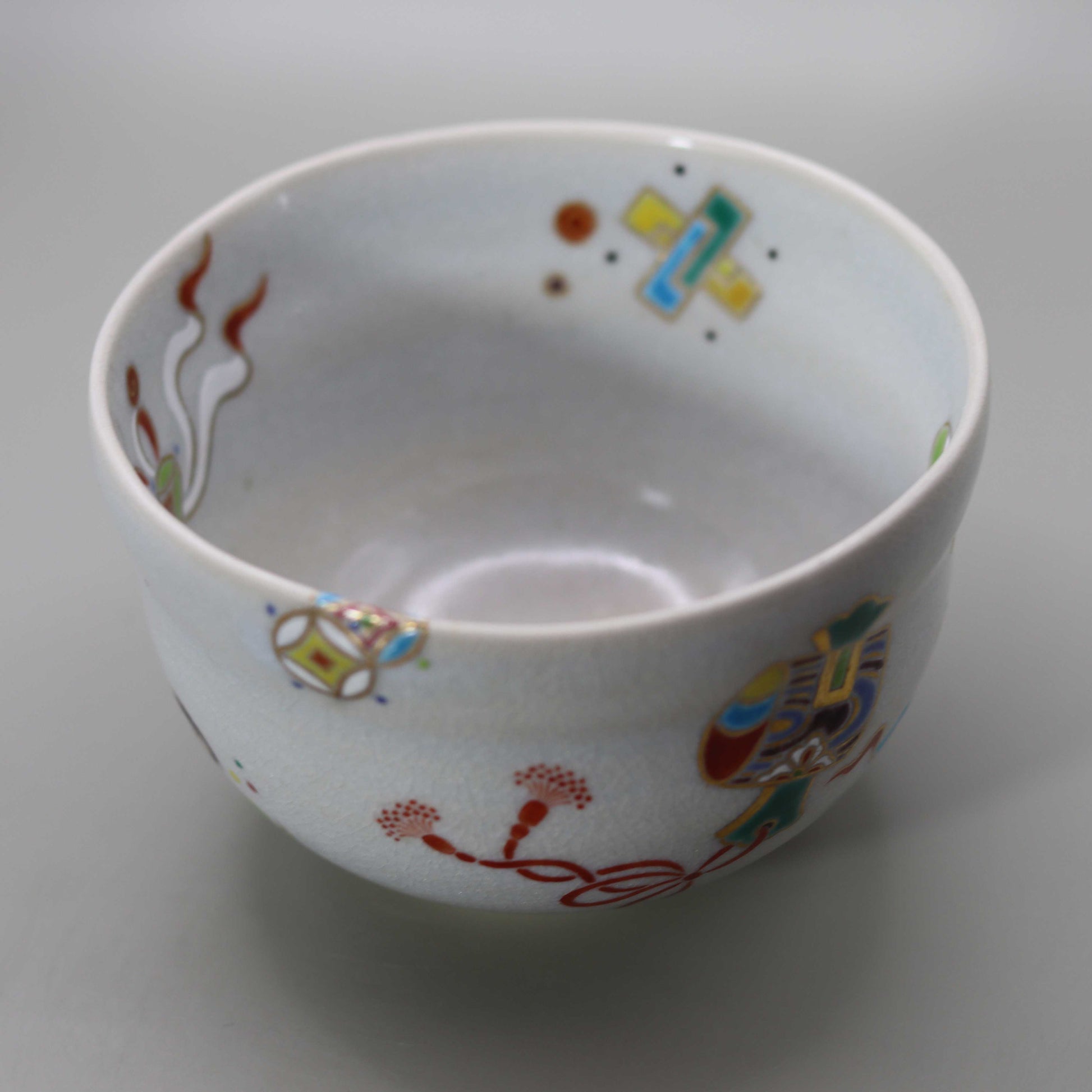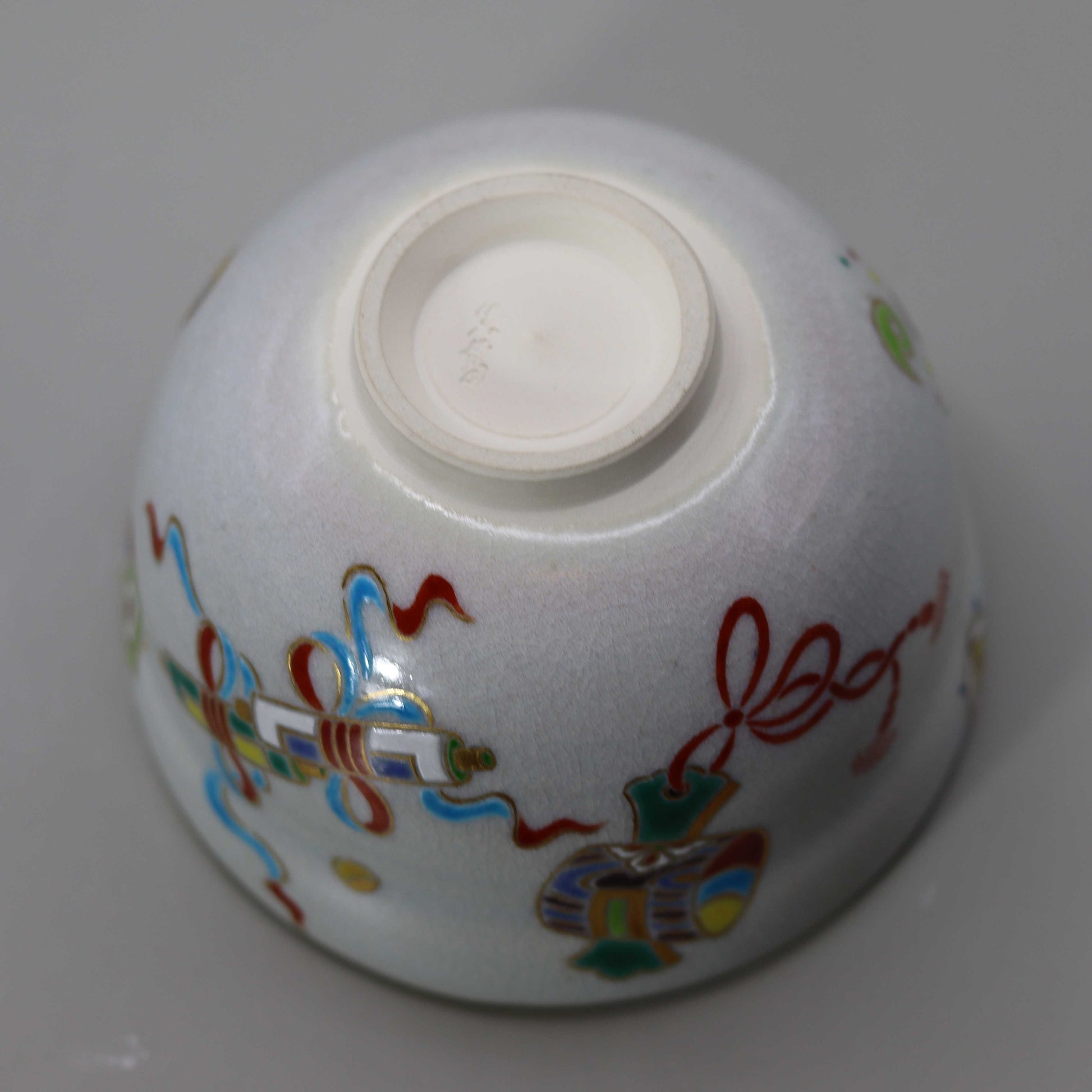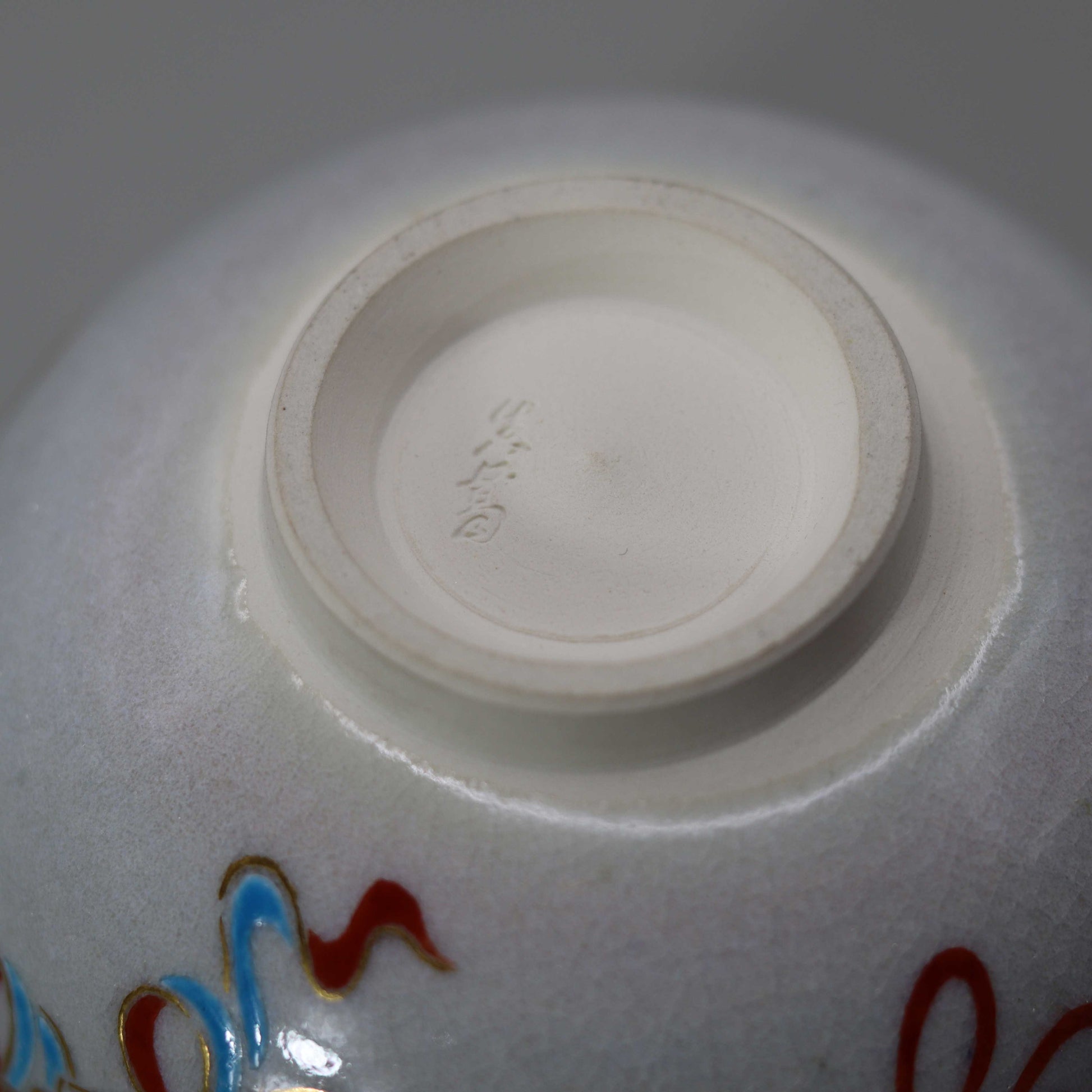Straw ash glaze tea bowl with a picture of treasures by Kosai Miyagawa
Straw ash glaze tea bowl with a picture of treasures by Kosai Miyagawa
Couldn't load pickup availability
Height: 8.0cm Width: 12.0cm
This piece is based on the theme of "Takara-zukushi," a traditional Japanese auspicious motif. This motif depicts various treasures that symbolize good fortune and prosperity, and the entire tea bowl is decorated with an auspicious design. The Takara-zukushi motif originates from the ancient Chinese "Happo" (eight treasures) and "Mitsuhachiho" (miscellaneous eight treasures), and was introduced to Japan during the Muromachi period. It was later adapted to a Japanese style and used on formal wear and tea ceremony utensils, and remains a widely loved symbol of good fortune to this day.
The origin and meaning of the treasure motif
"Takara-zukushi" is a collection of auspicious items that have been said to bring good fortune since ancient times, such as the Uchide-no-kozuchi (a mallet), the Hidden Raincoat, and the Kinnou (a pouch of gold). These motifs are deeply rooted in Japanese culture as symbols of abundance and good fortune. Each motif has a specific meaning. For example, the Uchide-no-kozuchi (a mallet) is said to bring you what you want when you shake it, and is considered a symbol of prosperity and success.
- Uchide no Kozuchi : A magic mallet said to be held by Issun-boshi and Daikokuten, one of the Seven Lucky Gods. It is said that by shaking it, desired items will appear and it has the power to strike down enemies.
- The hidden raincoat and hidden hat : Both are mythical items that make the wearer invisible, and the hidden raincoat is associated with legends about tengu and immortals.
- Jewel : Known as a ritual implement in esoteric Buddhism, it is said that if you obtain one, any wish will come true. Often depicted with flames, it symbolizes abundance and infinite possibilities.
The "treasures" pattern, which brings together such motifs, is not merely decorative but has a special meaning that is imbued with the belief that it will bring good fortune.
The appeal of the Miyagawa Kosai family's "straw ash glaze"
The "Straw Ash Glaze Treasure-filled Painted Tea Bowl" uses the "straw ash glaze" that has been passed down through the generations of the Miyagawa Kosai family. Straw ash glaze is a soft, bluish milky glaze that is applied to the entire vessel, creating a warm surface. This glaze is a traditional technique that was originally used by Nonomura Ninsei, the founder of Kyoto ware, and it plays a particularly important role in the Miyagawa family's Makuzu ware. The characteristic of straw ash glaze is that its color changes depending on the type of clay and the firing conditions, and it can have a warm reddish appearance or a cool bluish-white color.
The techniques and history of Makuzu ware
Makkuzu ware is a type of pottery that encompasses the traditional techniques of Kyoto ware, and among its many representative works are those that use straw ash glaze. This glaze has been produced by the Miyagawa family for over 200 years, and is an important technique that gives depth and beauty to works. The history of Makkuzu ware dates back to the early Edo period, during the Jokyo era (1684-1687), when Yukan Miyagawa Kobee Masakazu began pottery in Kyoto. After that, the Miyagawa family continued to make pottery for generations, and the master of Makkuzu ware, Miyagawa Chozo, opened a kiln in Higashiyama Makkugahara and spread the technique. Furthermore, the Miyagawa family continues to produce sencha tea utensils and tea ceremony utensils, and their works are still highly regarded both in Japan and overseas. The current Makkuzu 7th generation Miyagawa Kosai is also creating new works while preserving the tradition. This work is a tea bowl that uses the Japanese auspicious pattern "Takara-zukushi" and makes use of the straw ash glaze, a traditional technique of the Miyagawa Kosai family. The auspicious meaning of the treasure motif and the unique beauty of the glaze combine to give the entire tea bowl a deep meaning and beauty. More than just a bowl, this tea bowl is imbued with faith and hope that it will bring good fortune to its owner, and is a work that embodies the beauty and spirit of Japanese culture.
Share
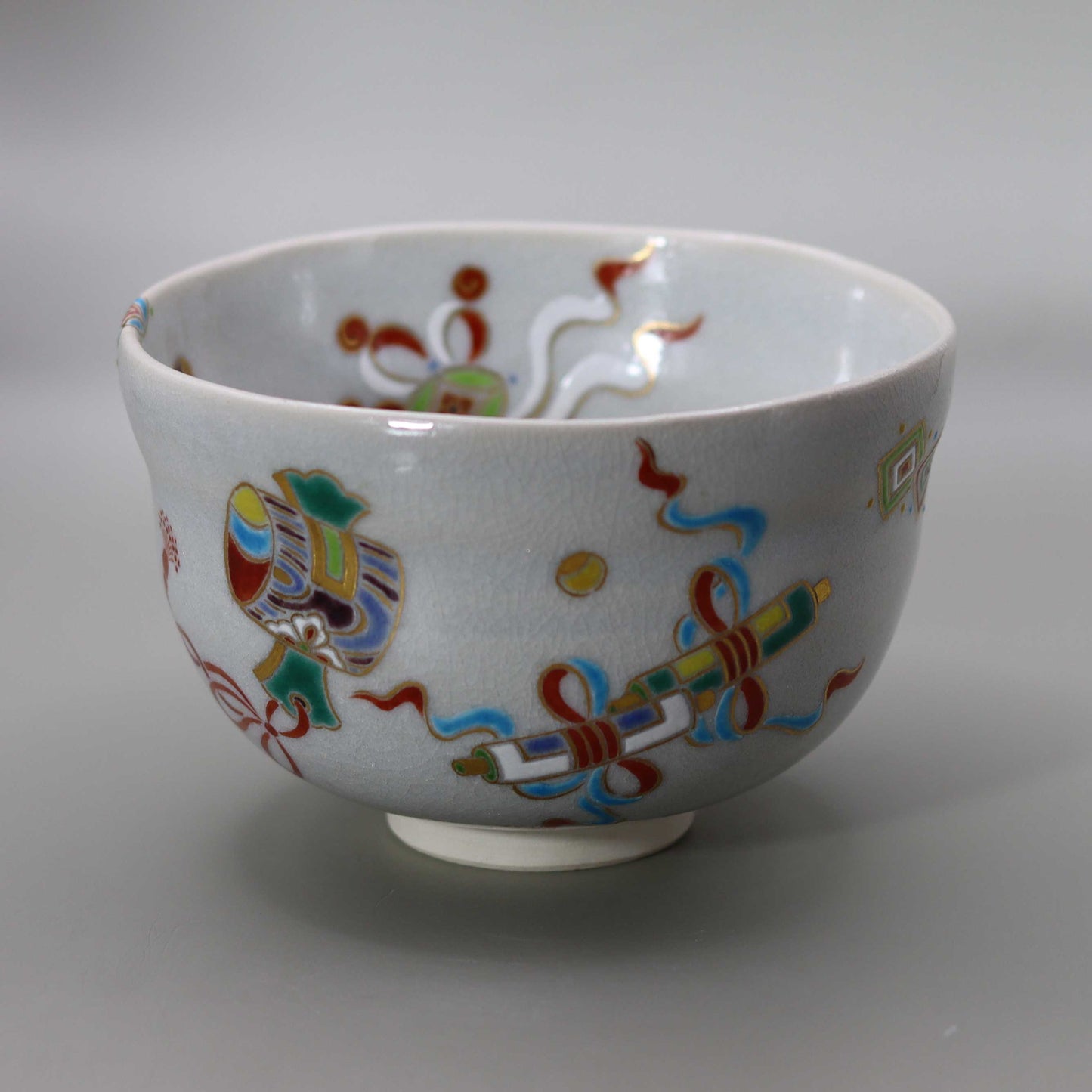
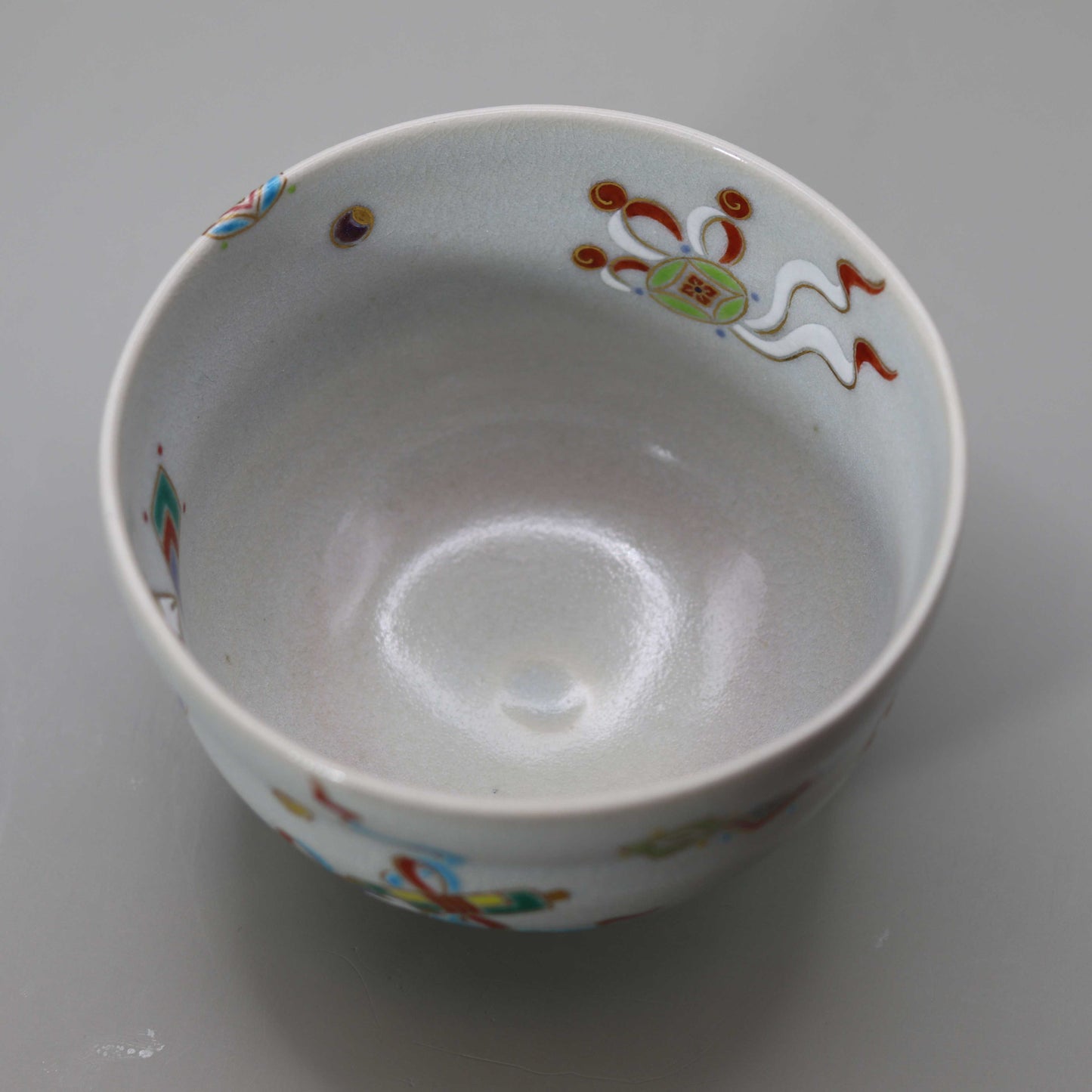
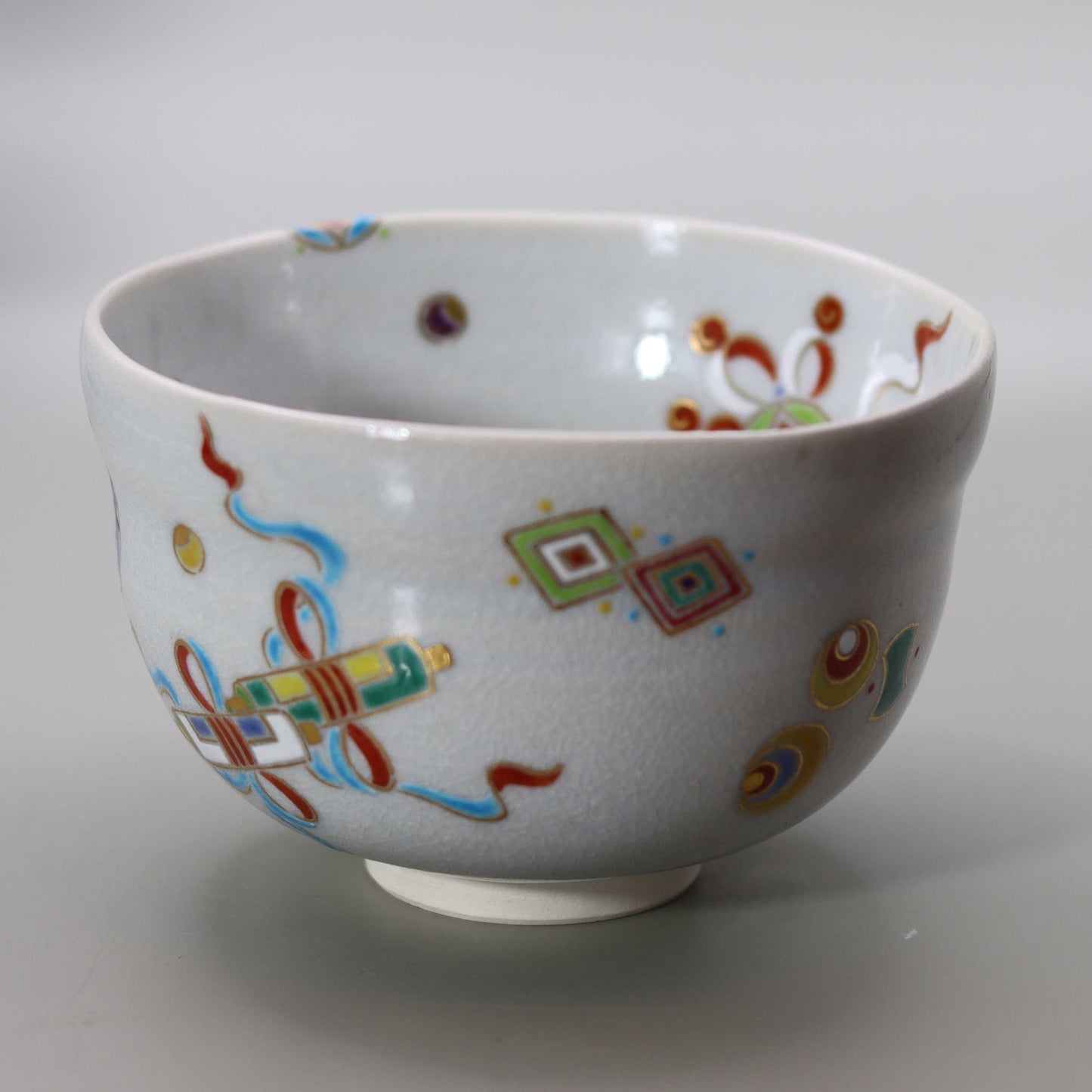
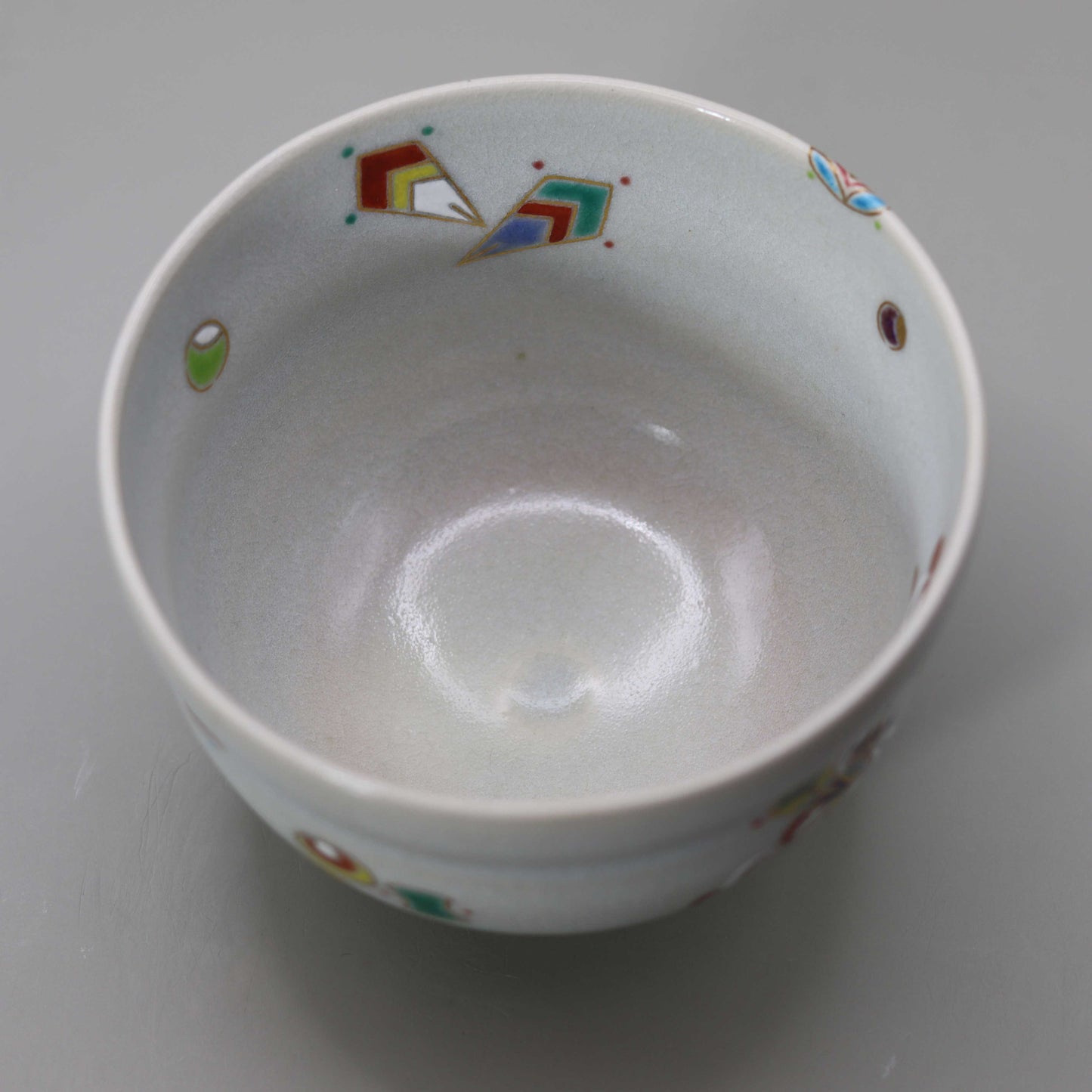
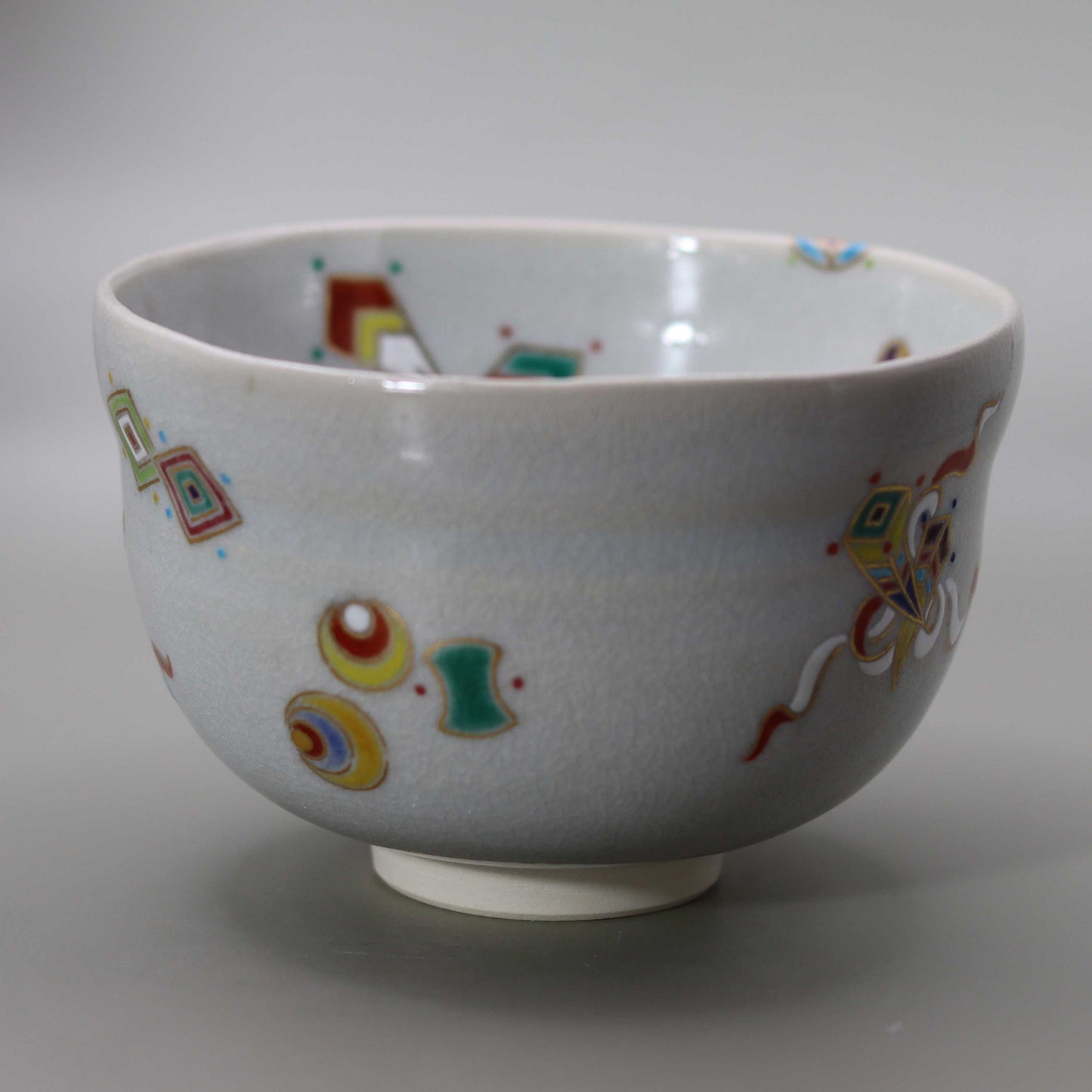



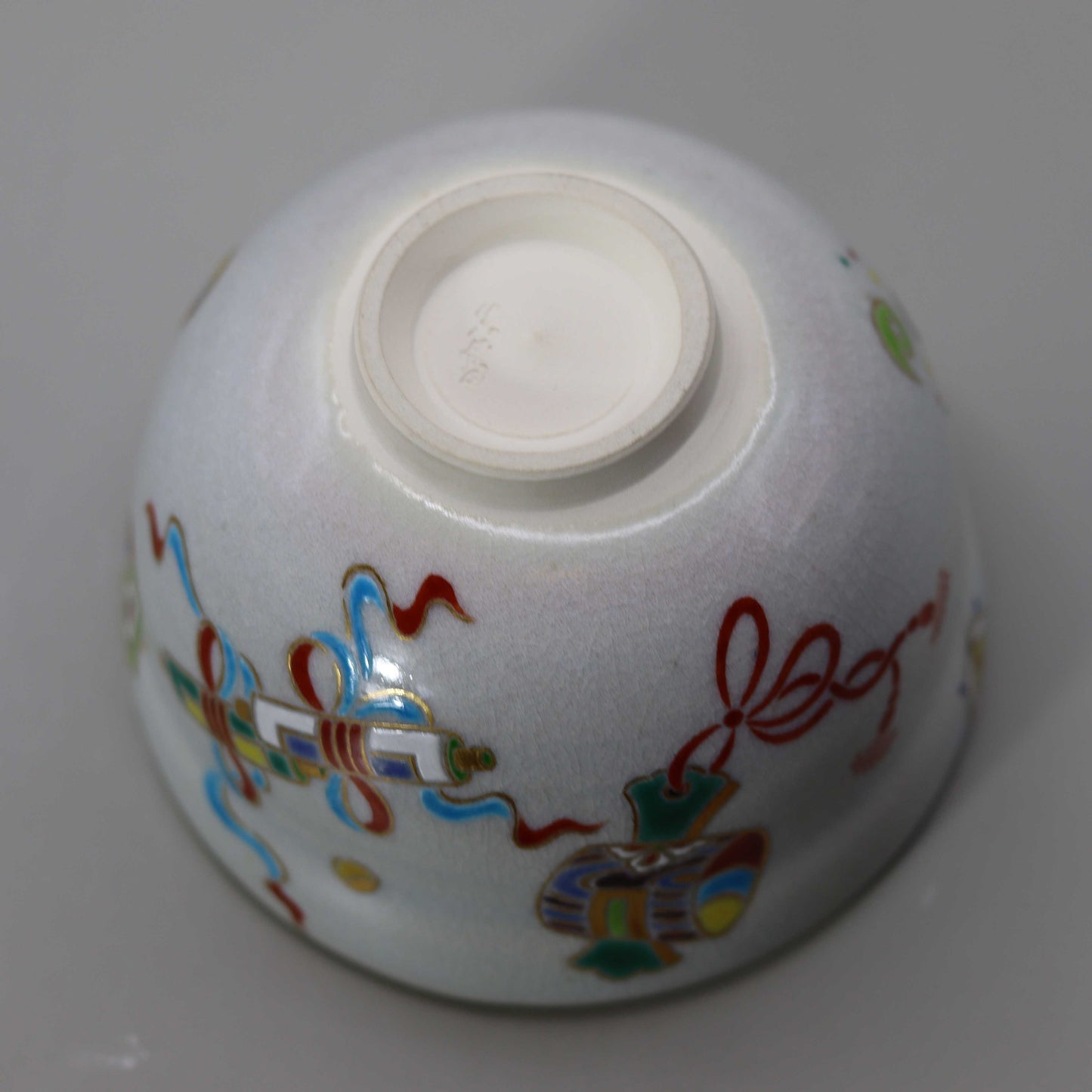
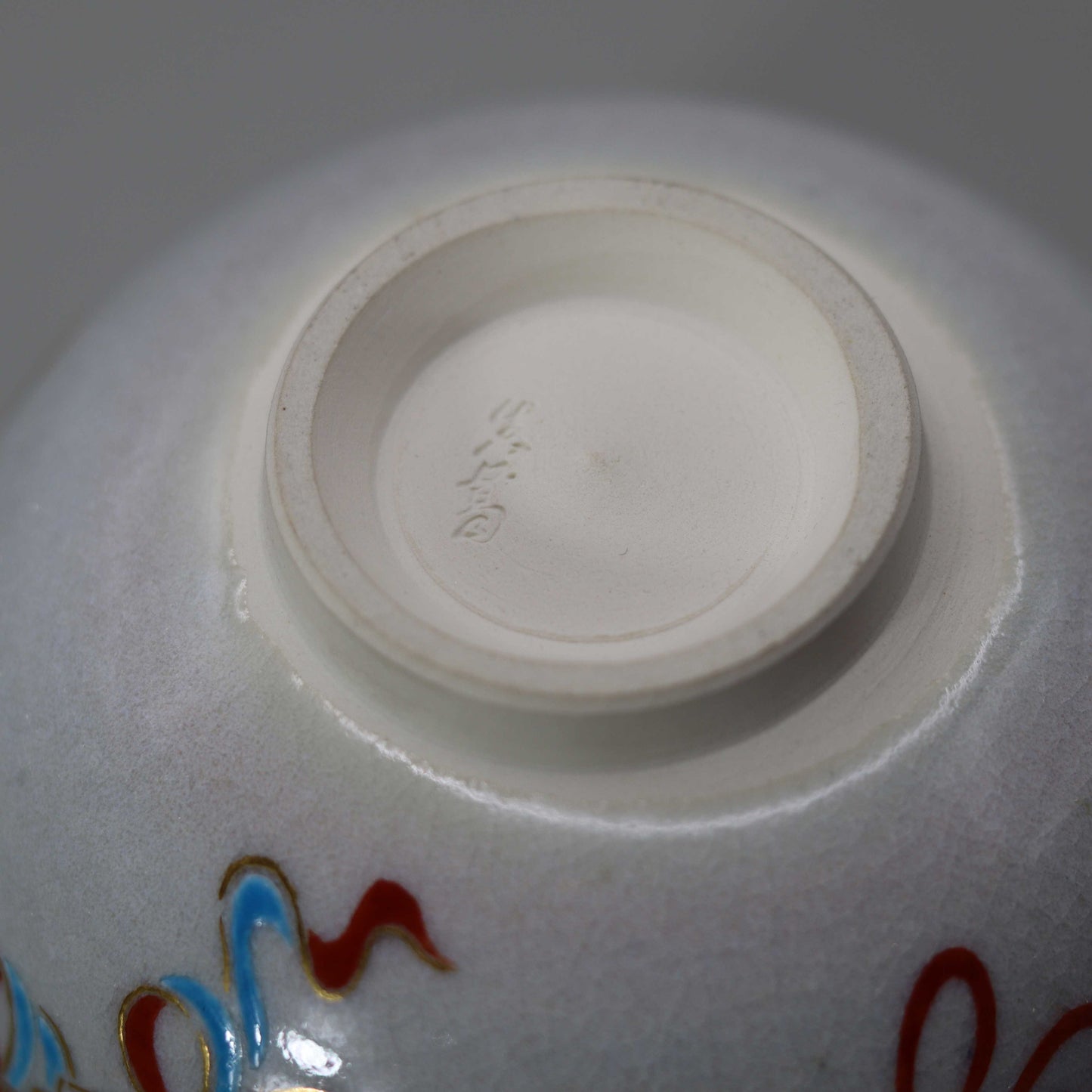
Multi-Column
-
[I will send it to you quickly and carefully]
We carefully package each product in a way that suits it best.
Also, delivery times vary depending on the piece (vessel, etc.).
Items that already come with a box will be shipped within 1-3 days of the order date.
For items that require a box to be made after your order, it will take approximately 30 days for production to be completed and then shipped.
In either case, once we have confirmed your order, we will contact you by email to inform you of the delivery date.
-
[Requests when purchasing pottery]
Even products that look the same may differ slightly in color, shape, size, etc.
The way the glaze is used, the power of the kiln, the firing method, the season, and the humidity also affect the appearance of the pottery.
Please understand the individuality of each piece of pottery and enjoy the unique warmth of handmade.
